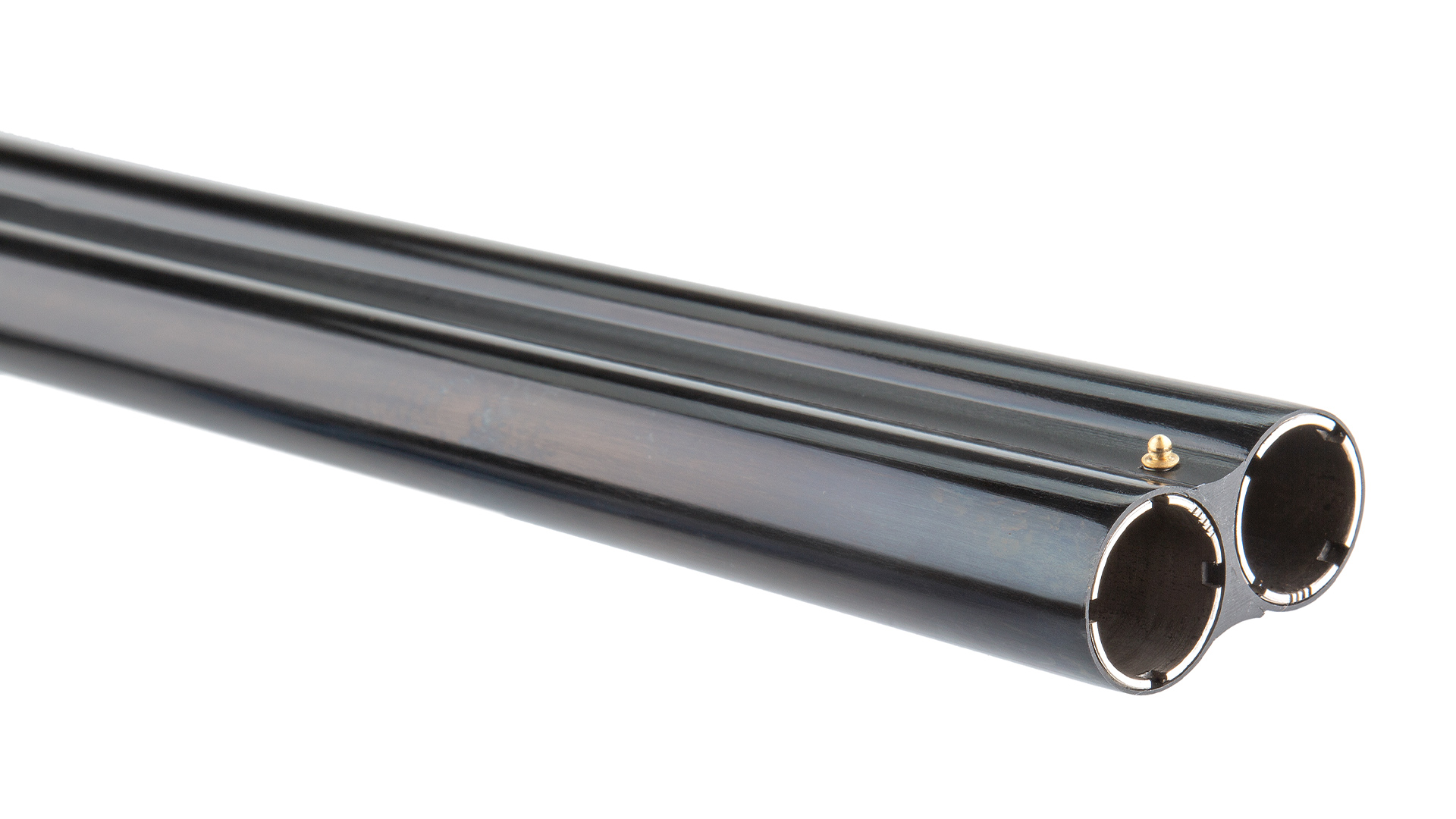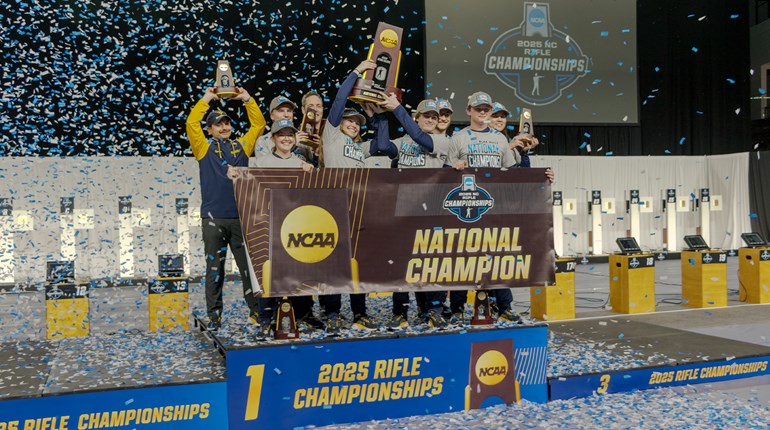
TriStar Arms has made a name for itself bringing affordably priced guns to market that don’t skimp on quality. Introduced near the close of 2020, the company’s Bristol series of side-by-side scatterguns continue this ethos as nimble, feature-rich field guns that are also a solid option for clay target use.
Manufactured in Turkey by Khan and imported by TriStar, the Bristol side-by-side comes in two models, one with a color-case-hardened receiver that is reviewed here, plus a silvertone option. Both models have .410 bore, 28-, 20-, 16- and 12-gauge versions available, all with 28-inch barrels, mechanical selective trigger mechanism, auto ejectors and five Beretta Mobil-style chokes. For my review I chose the Bristol with color-case-hardened receiver in 12-gauge with three-inch chambers.

Built on a steel frame, the Bristol side-by-side is a boxlock-action shotgun. It’s classy looking, with a rounded receiver and a slim fore-end. Fit and finish between metal and wood is better than average, with no gaps. The striking color-case receiver is beautiful and rustic, with many colors in the swirls of the finish that all blend well with the oil-finished walnut stock. Extending to the outside of the trigger guard, the color-case finish is also present inside of the action at the bridge face, wear points and in the fore-end iron. A TriStar nameplate gold inlay on the bottom of the action is the sole embellishment on the receiver.
This break-action shotgun is sturdy, manufactured with a one-piece steel frame. The TriStar website mentions a build “with precision laser engraved detail.” While the 12-gauge Bristol side-by-side is evaluated here, know that all five versions are built with frames sized true to the gauges. It’s nice that the manufacturer opted for this route rather than adapting existing setups. There’s also a textured surface present on either side of the top lever which I really liked.

Chrome-lined on the inside, the 28-inch barrel exteriors have a blue finish with a soft luster. The concave top rib sits low between the barrels, with a single brass aiming bead located at the far end. The setup naturally draws the eyes for quick target acquisition. On the barrels and rib, I didn’t notice any flaws in the soldering work.
The gold-colored single trigger is well done and responsive, soft and breaking clean with little overtravel. Trigger pull is 4.75 pounds. Since the trigger is mechanical, it doesn’t require the recoil from the first shell to set the sear for the second. A double trigger may be preferable to some for hunting, but I found the Bristol’s single mechanical trigger to be quite effective for clay target use during my evaluation.

The tang safety has a left-right barrel selector in the center, with a surprising amount of travel to push forward into position to fire. It feels sturdy like the rest of the gun. The barrel selector toggle is textured with a nice surface—similar to the top lever—allowing the thumb to grip it well. It’s important to set the barrel selector all the way to the left or right; there’s no stop in the middle and the gun won’t fire if not properly set.
As for the Bristol’s English-style straight stock, it’s carved from Turkish Walnut and includes a half-inch black rubber recoil pad at the butt. (The Bristol Silver model has a pistol grip.) With an oiled finish, the wood sports an elegant look. Length of pull is 14.5 inches. The rubber pad is effective at soaking up recoil, making the TriStar Bristol 12-gauge an especially fun gun to shoot. Additionally, there’s a generous amount of fine checkering applied to the stock and the fore-end.

The TriStar Arms Bristol side-by-side is packaged in a cardboard box, and besides the shotgun and manual inside, there’s a Beretta-style screw-in choke tube set. Five flush-mount two-inch choke tubes are included, along with tools, in the following sizes: full, improved modified, modified, improved cylinder and skeet.
Range Time
Over two trips to the sporting clays course, I had no malfunctions with the Bristol after shooting 225 rounds split between Federal High Over All and Winchester AA Diamond Grade Trap target loads. Lightweight at 6.73 pounds, the Bristol 12-gauge has a great feel in the hands, good balance and swings well. The sunken top rib, in conjunction with the slender stock dimensions, made for a higher sight picture than I anticipated. But I adjusted quickly, shattering clays to my delight. The Bristol was easy to point, shot where I wanted it to, and the barrel convergence was about as good as they come. Recoil is noticeably low—thanks to the rubber recoil pad—much lower than what you would expect from a 12-gauge side-by-side. The punchy ejectors send spent shells a fair distance and, in one case, directly into a trash can next to a bench about 10 feet behind me. (Can’t give the gun credit, that hole-in-one was all me.)
Although an upland gun, the TriStar Arms Bristol has some clay-target game in it as an affordable side-by-side option. Buying a modestly priced model does mean giving up some luxurious aspects that are found on more expensive guns, but the Bristol still serves as a solid shotgun, ideal for new and experienced shooters alike. And, if you’re just getting your side-by-side collection started, it makes plenty of sense to begin with a lower-cost option. Some may point out there are many cheaper side-by-sides available, but none I’ve seen boast the looks of the Bristol, with its eye-catching color-case hardened receiver. If you’re in the market for a quality side-by-side, don’t look past the TriStar Bristol. It’s a joy to shoot, and TriStar Arms’ five-year warranty is the icing on the cake.

Learn more at tristararms.com.
All photos by Peter Fountain.

































